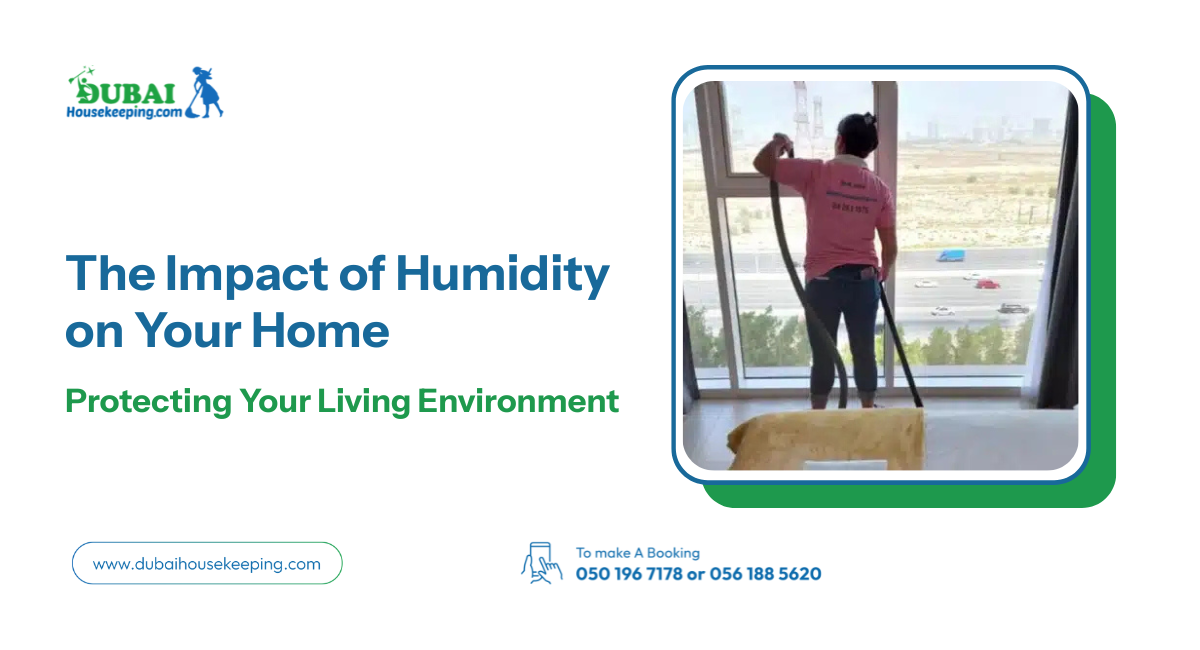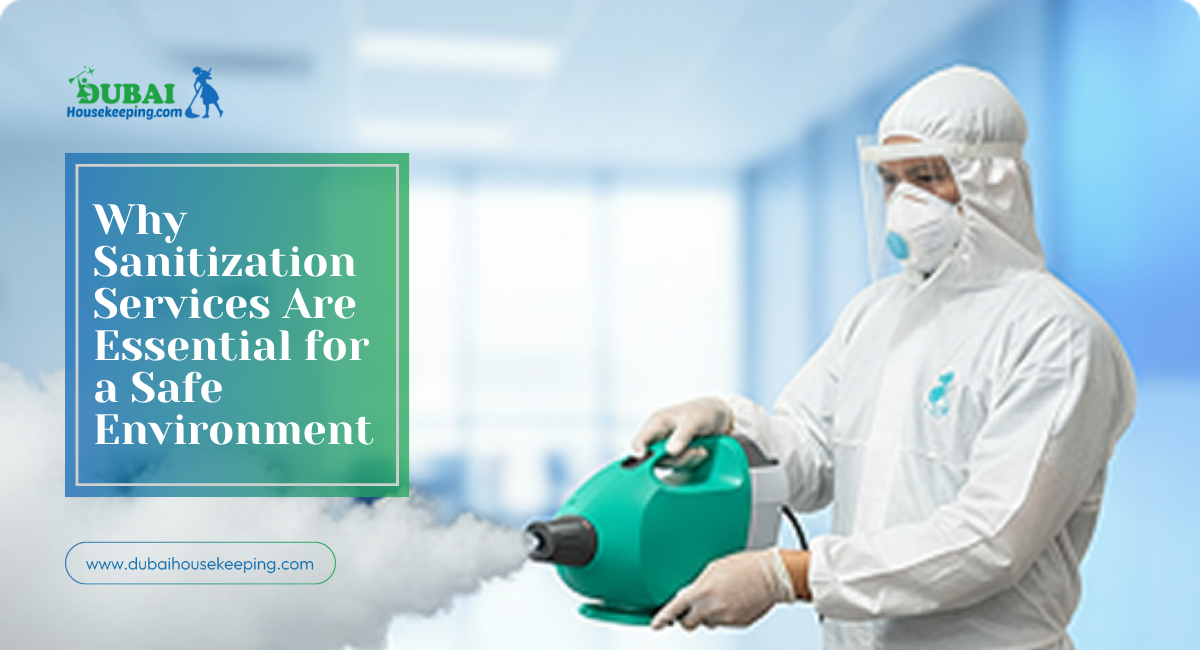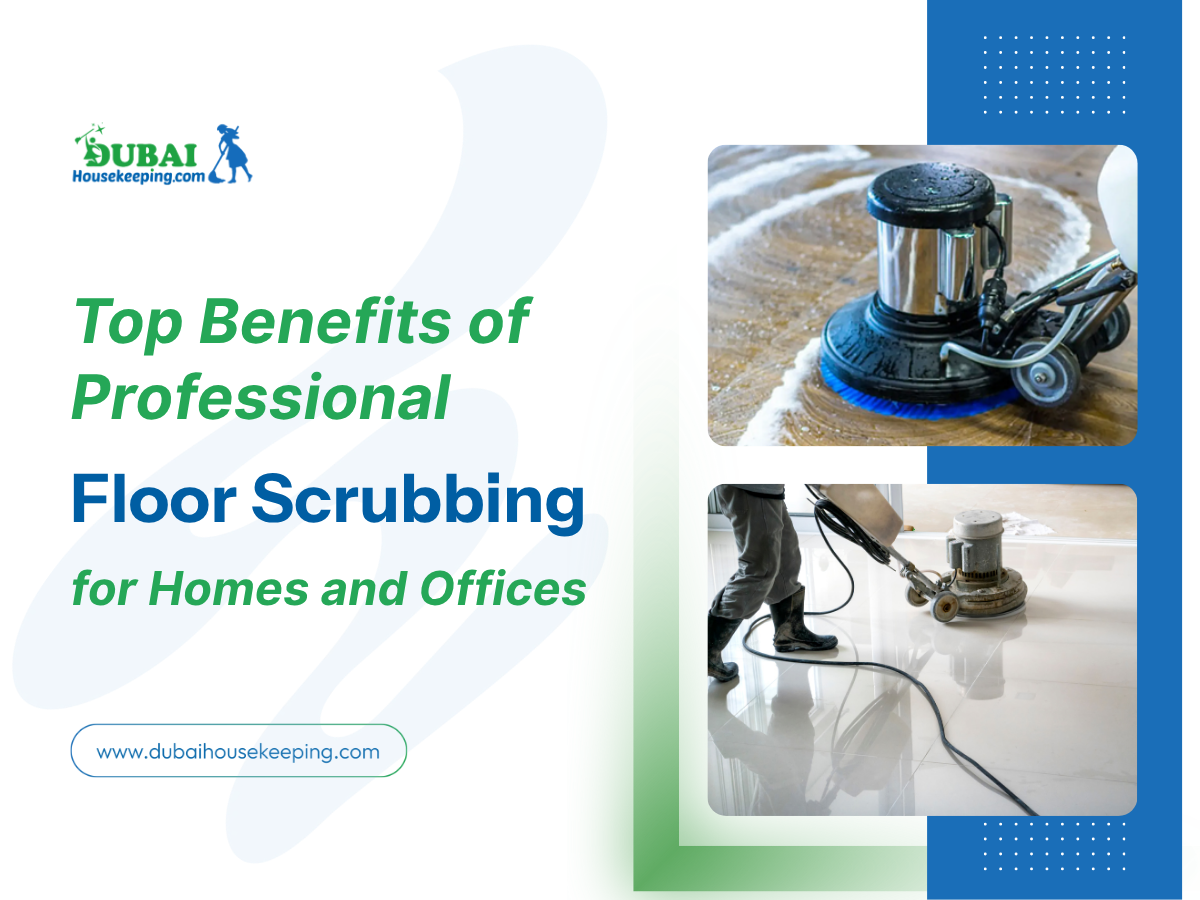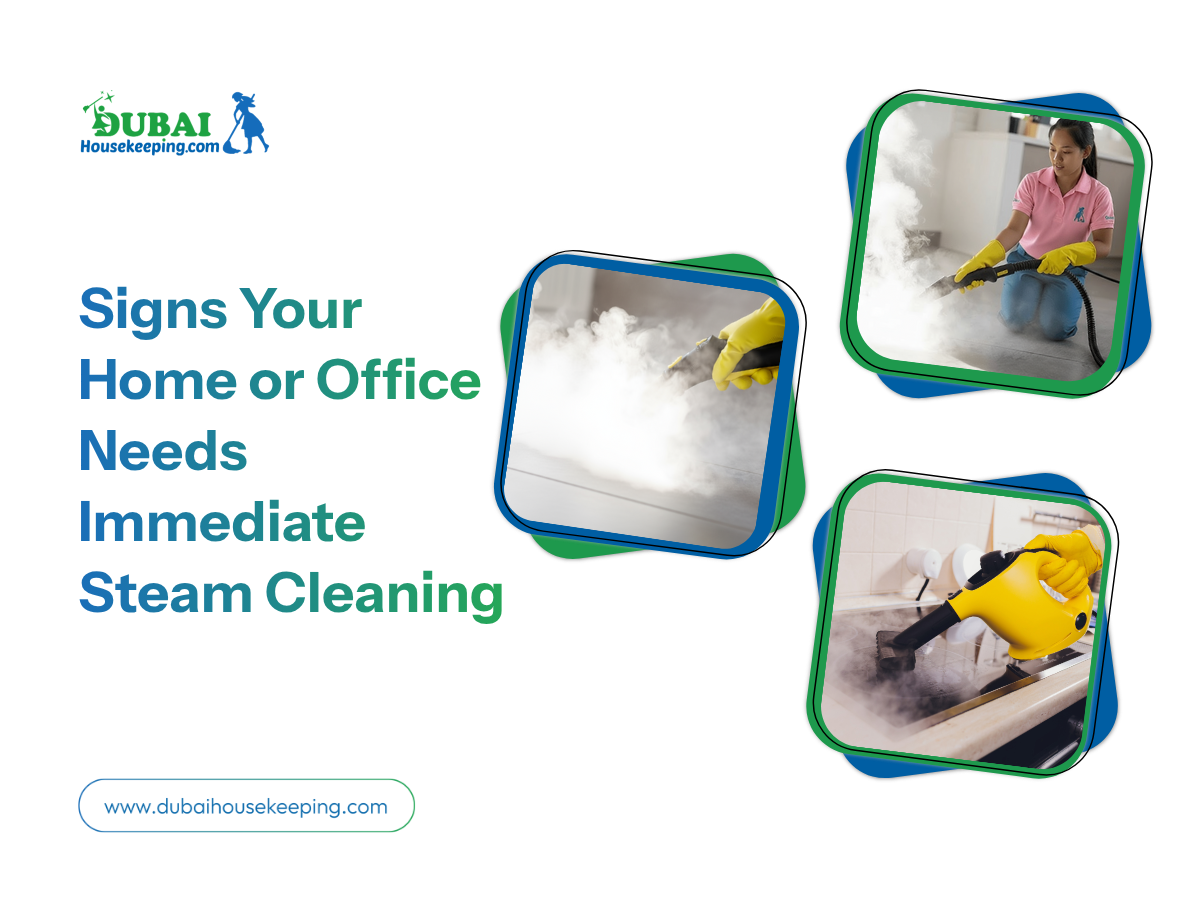Have you ever noticed a lingering musty smell in your basement or found condensation forming on your windows? In Dubai, these are not just common signs; they are urgent warnings that the extreme climate is creating dangerous moisture levels inside your property. Humidity, the amount of water vapor in the air, plays a crucial role in the comfort, health, and structural integrity of your living space. While often overlooked, managing it effectively is one of the most important things you can do as a homeowner.
Understanding the balance of moisture in your home’s air is essential. Too much humidity can create a breeding ground for mold and pests, while too little can cause physical discomfort and damage to your belongings. Given that outside humidity levels in Dubai can frequently exceed 80% and indoor temperatures are heavily controlled, specialized strategies are needed to maintain a safe interior environment. This guide will walk you through everything you need to know about the impact of humidity on your home. We will explore the ideal humidity levels, the effects of both high and low humidity, how to spot warning signs, and practical solutions to protect your environment.
What is Humidity and Why Does it Matter?
At its core, humidity is the measure of moisture in the air. When we talk about it in our homes, we are usually referring to “relative humidity.” This is the amount of water vapor present in the air expressed as a percentage of the maximum amount the air could hold at that specific temperature. Think of it like a sponge: warm air can hold more water than cold air.
For optimal comfort and health, experts recommend maintaining an indoor relative humidity level between 30% and 50%. Achieving and sustaining this range is particularly challenging in the UAE, where powerful air conditioning units work constantly to counteract the high external moisture.Staying within this range is about more than just comfort; it directly influences your indoor air quality. Air that is too damp or too dry can lead to a host of problems, affecting everything from your respiratory health to the wood in your floors. Keeping humidity in this sweet spot helps prevent the growth of harmful microorganisms and preserves the condition of your home and possessions.
The Destructive Effects of High Humidity
When humidity levels climb above 50-60%, the excess moisture in the air begins to create a problematic environment. In Dubai, this is the most prevalent humidity challenge, often exacerbated by poorly maintained air conditioning systems that fail to properly dehumidify the intake air.This dampness can slowly but surely cause significant damage to your home and negatively impact your health.
Structural Damage
Your home’s structure is particularly vulnerable to high humidity. Wood readily absorbs moisture from the air, causing beams, floorboards, and window frames to swell and warp. Over time, this shifting can lead to uneven floors and doors that stick. High humidity also puts significant strain on gypsum walls and ceilings, leading to structural fatigue, sagging, and the rapid deterioration of interior finishes.
Excess moisture also affects walls and ceilings. It can cause paint to bubble and peel. In severe cases, moisture can saturate drywall, causing it to soften, stain, and eventually crumble. A critical issue in the region is the failure of waterproofing in wet areas, which allows condensation to penetrate into walls, causing insidious damage. One of the most common failure points is the sealant around tubs and sinks. Persistent dampness degrades caulk, which is why a professional Silicone Replacement Service is often necessary to prevent water from seeping into walls and causing rot.
A Breeding Ground for Mold and Mildew
One of the most serious consequences of high humidity is the growth of mold and mildew. In Dubai’s hot, damp environment, mold growth can be extremely rapid, often appearing within 24 to 48 hours in areas with sustained moisture.These fungi thrive in damp, dark places. When your indoor air is consistently moist, it creates the perfect conditions for mold spores, which are always present, to settle and multiply.
Mold can grow on walls, in carpets, and within your HVAC system. Not only is it unsightly, but it can also release harmful allergens into the air. If you discover mold, immediate action, which often involves professional AC duct cleaning and remediation, is mandatory to prevent widespread health issues. If you discover a widespread issue, a skilled deep cleaning service is essential to safely and thoroughly remove the contamination and address the source. For ongoing maintenance, an organic cleaning service can help manage surfaces without introducing harsh chemicals into your environment.
Unwanted Pests
Many household pests are attracted to moist environments. Cockroaches, silverfish, dust mites, and centipedes all flourish in high humidity. Termites, which can cause devastating structural damage, are also drawn to damp wood. By allowing humidity to remain high, you may be unintentionally rolling out the welcome mat for these unwelcome guests. The high ambient heat further accelerates the lifecycle and proliferation of these pests when moisture is present.
The Hidden Problems of Low Humidity
While we often focus on the problems of too much moisture, air that is too dry can be just as problematic. In Dubai, low humidity is typically an issue only inside buildings due to the aggressive, continuous operation of air conditioning systems, which strip the air of moisture. When humidity levels dip below 30%, especially during winter when heating systems are running, a different set of issues emerges.
Cracked Wood and Walls
Dry air pulls moisture out of everything around it. This process can cause the wood in your home to shrink and contract. You might notice gaps appearing in your hardwood floors or see cracks developing in wooden furniture and cabinets. Drywall and plaster can also crack, and you may see wallpaper seams begin to separate.
Health and Comfort Impacts
Low humidity can have a direct impact on your body. Dry air can lead to itchy skin, chapped lips, and a dry, sore throat. Your nasal passages can also dry out, making you more vulnerable to colds and sinus infections. For people with existing conditions like eczema or asthma, dry air can significantly worsen their symptoms.
The Shock of Static Electricity
Have you ever gotten a small shock when touching a doorknob during the winter? That’s a result of static electricity, which builds up much more easily in dry air. While often just a minor annoyance, these static shocks can be strong enough to damage sensitive electronic components if you touch them without grounding yourself first.
Signs Your Home’s Humidity Levels Are Off
Your home will often give you clear signals when its humidity is out of balance. Being able to recognize these signs allows you to act quickly before minor issues become major problems.
Look for these common indicators:
- Condensation on Windows: Water droplets or fog on the inside of glass panes is a classic sign of high indoor humidity. In extreme cases, visible water accumulation at the base of windows or sliding doors indicates a major thermal break issue.
- Visible Mold or Mildew: Any sign of mold, often appearing as black, green, or white spots in bathrooms, basements, or closets.
- Musty Odors: A persistent damp or musty smell, particularly in enclosed areas, points to high humidity and potential mold growth. This odor may be strongest near AC vents, signaling mold growth within the ductwork.
- Warping or Cracking Wood: Doors that stick, floors that buckle, or new cracks in furniture can indicate either high (warping) or low (cracking) humidity.
- Peeling Paint or Failing Caulk: Moisture getting into your walls will cause paint to bubble and sealants to fail. Check the seams in your kitchen and bathroom for any signs of degradation. Look specifically for staining or water streaks around air conditioning vents and condensation lines.
How to Protect Your Home from Humidity Issues
A proactive approach using a few key tools and habits can help you maintain that ideal 30-50% humidity range.
1. Monitor Your Levels
You can’t manage what you don’t measure. The first step is to purchase a hygrometer. This inexpensive device measures the relative humidity in your home, giving you real-time data. Place them in a central location for the most accurate general reading.
2. Control High Humidity
- Use a Dehumidifier: In consistently damp areas like basements, a dehumidifier is your best defense. Given the scale of Dubai’s humidity, running a dedicated dehumidifier alongside your AC unit is often necessary to achieve optimal dryness.
- Improve Ventilation: Use exhaust fans in your kitchen and bathroom to vent moist air outside. Ensure your attic and crawl space are well-ventilated. Always prioritize regular AC maintenance, including cleaning the filter coils, which are essential for the unit’s dehumidification function.
- Call in Professionals When Needed: For stubborn mold caused by humidity, a specialized deep cleaning service can eradicate the problem at its source. We recommend our recurrent housekeeping service, where the same trained housekeeper can consistently monitor and manage high-risk areas like bathrooms and kitchen cabinets. If you notice failing sealants around showers or sinks, a Silicone Replacement Service will create a new, waterproof barrier to prevent water intrusion and further moisture problems.
3. Combat Low Humidity
- Use a Humidifier: During dry winter months, a humidifier adds necessary moisture back into the air. You can use portable units or install a whole-house system. For AC-induced dryness, portable humidifiers are the best temporary solution for bedrooms and office spaces.
- Add Houseplants: Plants release moisture into the air through transpiration, naturally increasing humidity.
- Maintain Cleanliness: Dust and allergens can be more prevalent in dry air. Using an organic cleaning service ensures your home is cleaned effectively without the drying agents found in some conventional cleaners, promoting better air quality.
The Benefits of Optimal Humidity
By taking steps to manage your home’s humidity, you are making a valuable investment in your property and your well-being.
- Improved Health and Comfort: Balanced humidity reduces respiratory irritation, minimizes allergy triggers, and helps you feel more comfortable year-round. The constant reduction of dust and moisture prevents the year-round allergy symptoms common in the UAE climate.
- Enhanced Indoor Air Quality: Keeping humidity in the optimal range prevents the growth of mold and mildew. Regular cleaning from an organic cleaning service further reduces airborne irritants. This preventative maintenance is critical for protecting the central air conditioning system, your home’s most vital appliance.
- Protection for Your Home: You will prolong the life of your home’s structure, floors, and furniture. Essential maintenance like a professional silicone replacement service prevents costly water damage repairs down the line.
- Reduced Pest Problems: A balanced environment is less inviting to moisture-loving pests.
Conclusion
Humidity is a powerful, invisible force within your home. In the high-stakes environment of Dubai, understanding and actively controlling moisture levels is non-negotiable for property maintenance and family health. By understanding its effects and taking proactive steps to keep it within the optimal 30-50% range, you can protect your living environment. Start by monitoring your home’s humidity levels and implementing simple solutions. For persistent issues like mold or failing seals, don’t hesitate to call for professional help. A specific cleaning service in Dubai can be the key to resolving underlying moisture problems, ensuring your home remains a safe and comfortable haven for years to come.









